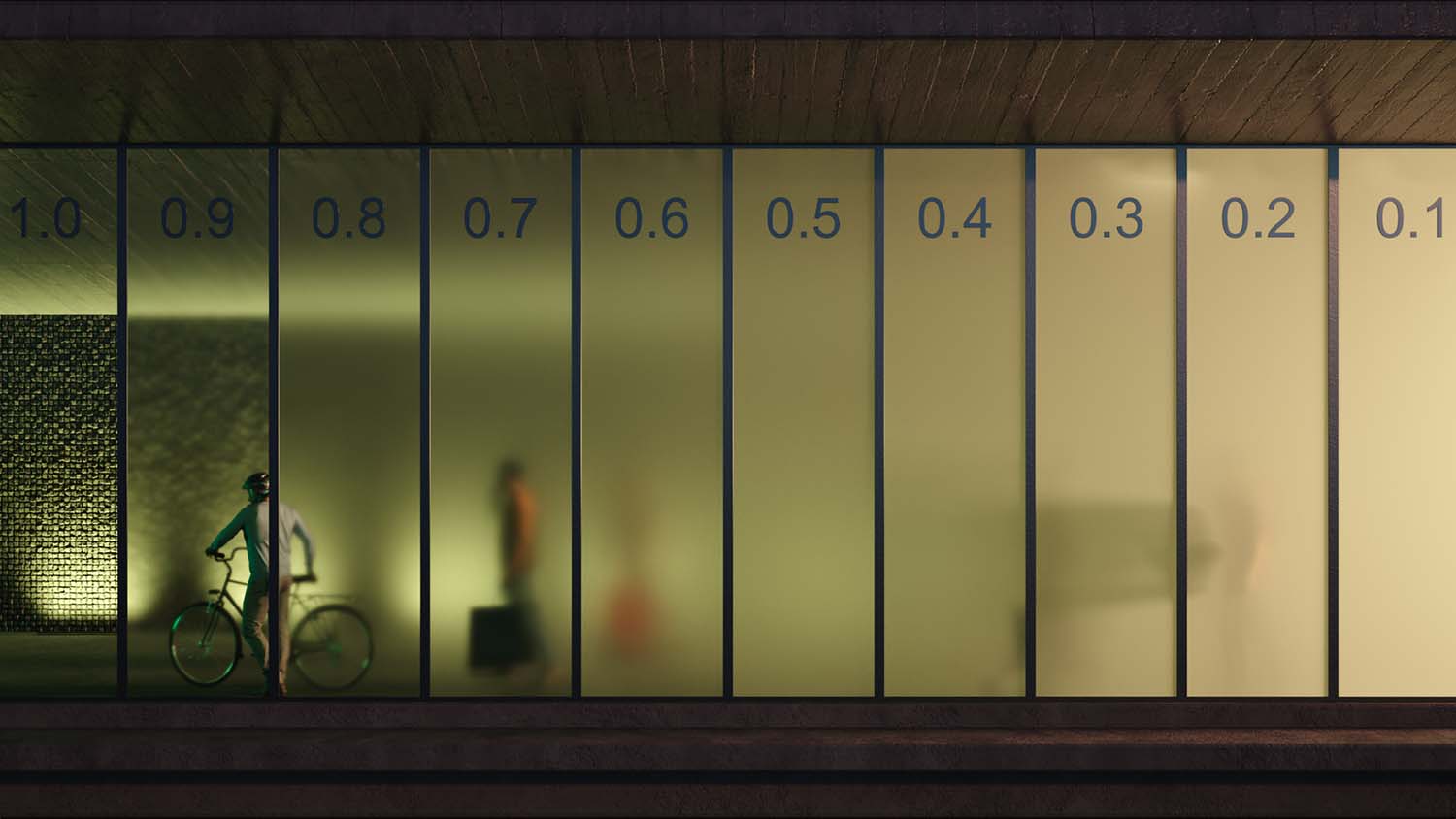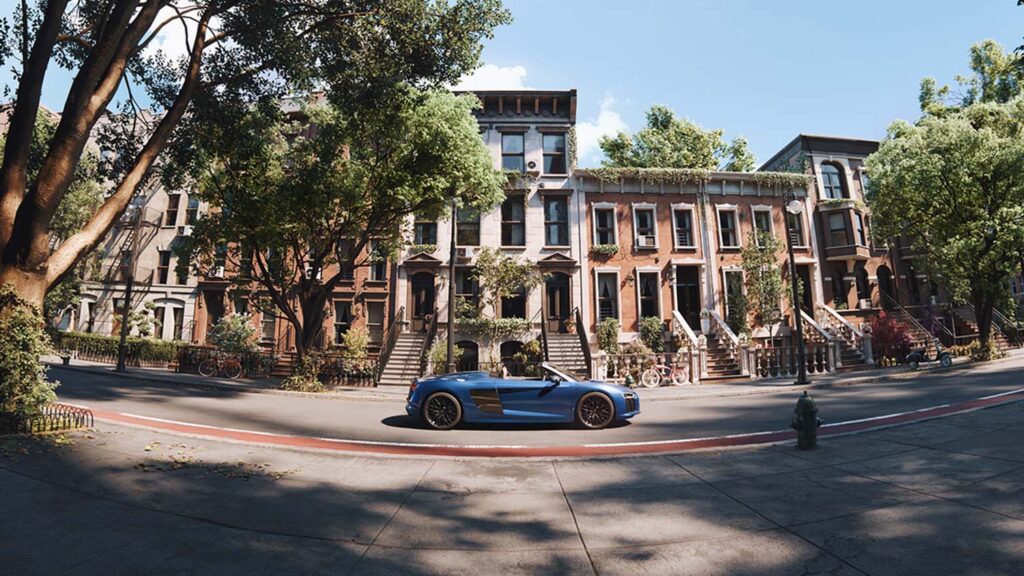Corona Renderer 7 for 3ds Max has added updates for greater realism, with new Physical Material options and improvements to the rendering software.
The Diffuse calculations have been switched from Lambertian to Oren-Nayar, so even simple materials will look better and be more physically correct, while changes to the UI should give users better security of knowing the materials are realistic.
New Clearcoat features – for varnish applied over wood, or lacquer over car paint – offer its own absorption layer, which will affect the colour of all aspects of the base layer such as Diffuse and Reflection.

With a classic example of a coat of varnish over wood, instead of the base layer wood looking pale, the absorption colouring with the Clearcoat makes it look much darker and more realistic, without having to resort to layers to achieve the effect.
The new Corona Renderer 7 Clearcoat tool in the Physical Material has its own bump map, which means you can have a rough wood surface with a smooth varnish over the top of it, or add a slight ripple to the Clearcoat via its own bump independent of the rougher bump of the wood beneath.
Another effective tool is the Sheen feature, which rather than resort to scattering actual fibres across the surface of the fabric, users can now take advantage of the Sheen parameters to add an easily controlled, fast-to-render effect that brings the materials to life.
Creating a brand new materials in Corona Renderer 7 now has a better starting point with 35 presets for a range of common materials. Cornona Renderer say these presets will speed up user workflows by instantly setting up the parameters, and also providing an easy way to learn the UI, parameters, and ways of creating materials with the new physical material.
The new Physical Material means that for Corona Renderer 7 for 3ds Max the software offers much improved visualisation for all types of glass.
Rough glass (i.e. with a non-zero Roughnesss, or Glossiness less than 1) now gives more realistic reflections and refractions, while thin glass can now blur refraction as well as reflection when roughness is used, such as frosting effects.
Elsewhere, the update means that previous issues with reflections of glass objects has been solved, and shadows from glass without caustics now look more realistic – closer to the shadows you would expect if caustics were enabled (the shadows are darker, and more clearly defined).
At the other end of the spectrum, masonry is a newly added category to the materials library in the latest version, while Metals and Wood categories are updated with some new materials based on the Physical Material.
New optimisations and speed-ups are said to improve render times – reportedly giving a boost of between six and 50 per cent depending on the scene.
A pass can now be calculated in a pass of 32 x 32 pixel blocks, which is claimed to offer an overall five per cent speedup on average, up to 15 percent in some scenes.
When the blocks are being used, Corona will still complete an entire pass over the whole image as before, so users won’t be waiting for one block to render to final quality before moving on to the next. Additionally, Corona Renderer’s own denoiser offers a 20 per cent speed ups on average.
Additional news was teased about the release of Corona Renderer 8, which is set to arrive in early 2022, with details on new features to be drip fed out in the coming months.






